About Bandhavgarh National Park
Bandhavgarh National Park is home to approximately 60 to 70 tigers. This population density makes it one of the best places in India for tiger sightings. The exact number can fluctuate due to factors like births, natural deaths, territorial changes, and migrations within the larger Bandhavgarh Tiger Reserve, which includes core and buffer zones.
The high tiger density in Bandhavgarh is one of the reasons it's a prime destination for wildlife enthusiasts and photographers.
Tigers in Bandhavgarh National Park
The most famous tiger in Bandhavgarh National Park was Charger, known for his dominant and aggressive nature. Charger ruled the Tala zone of Bandhavgarh in the 1990s and became a legend due to his frequent sightings and interactions with visitors. He was named "Charger" because of his habit of charging at elephants and vehicles, which made him one of the most recognized and talked-about tigers in the park.
After Charger, B2, another iconic tiger, became famous in Bandhavgarh. B2 was known for his large size and calm demeanor, and he was also one of the most photographed tigers in India. His lineage is tied to Charger, adding to his fame.
As of the present, the most popular tiger in Bandhavgarh National Park is Spotty, also known as T27. Spotty is a female tigress renowned for her striking coat pattern, which features distinctive spots on her body, rather than the typical stripes.
She has gained fame due to her visibility and frequent sightings, making her a favorite among visitors and photographers. Spotty's territory is primarily in the Tala and Magdhi zones of Bandhavgarh, which are popular areas for safari tours.
Spotty is known not only for her unique appearance but also for her role as a mother, having successfully raised several litters of cubs, contributing to the park's thriving tiger population.
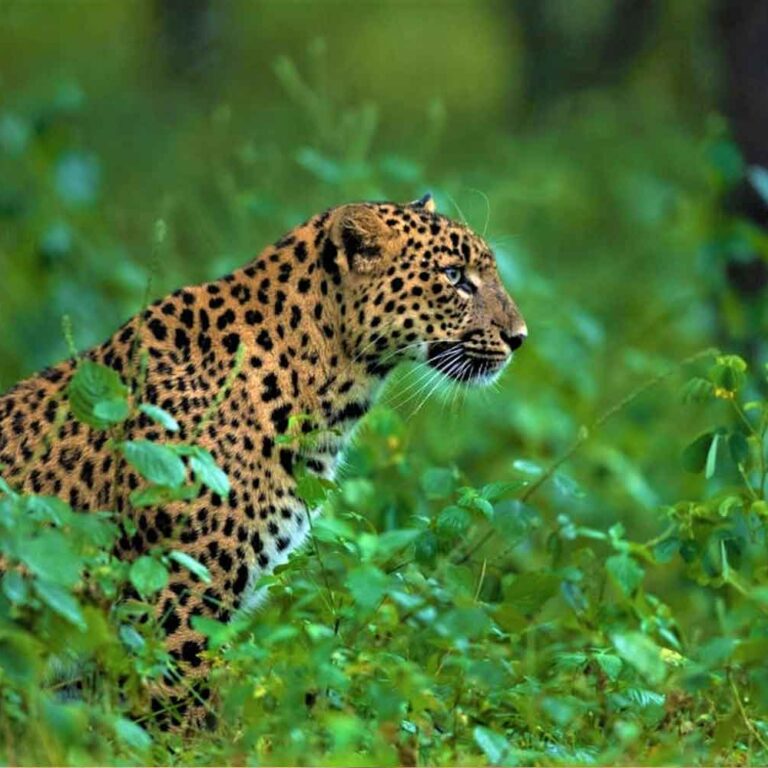
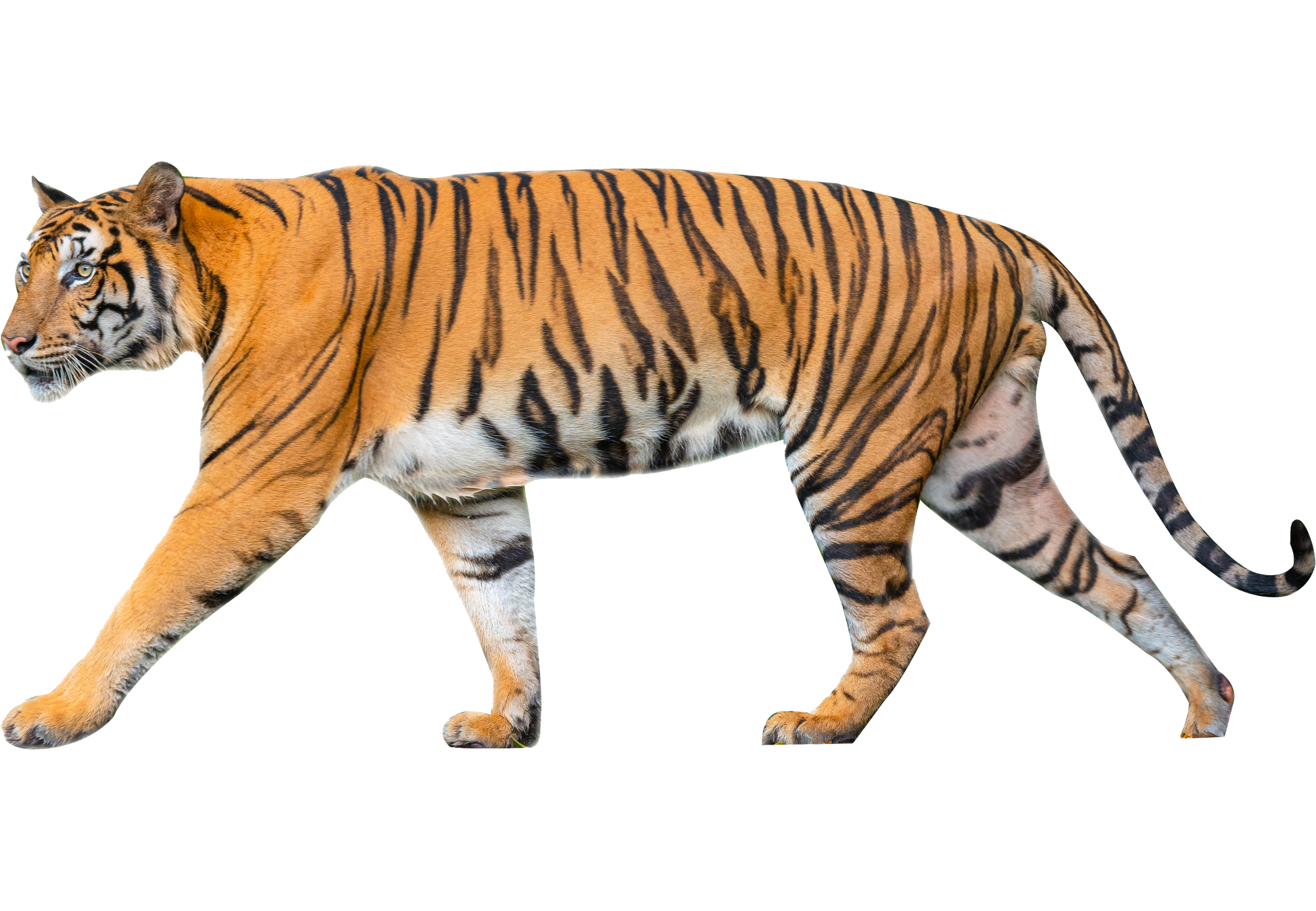
History of Bandhavgarh
Bandhavgarh is renowned not only for its rich variety of wildlife and vegetation but also for its deep historical roots. The name "Bandhavgarh" translates to "brother's fort." According to ancient mythology, it is believed that Lord Rama, after his victory over Ravana and return from Lanka, bestowed this fort upon his devoted brother Laxmana.
The Bandhavgarh National Park, situated in the Vindhya range in Umaria, takes its name from this storied fort perched atop a hillock.
This national park was once the Shikragarh, or hunting reserve, for the Maharajas of Rewa and their distinguished guests. The world’s captive white tigers, a significant draw in zoos globally, all trace their lineage back to Mohan, a white tiger cub discovered in Bandhavgarh. Maharaja Martand Singh of Rewa captured this cub during a hunting expedition in 1951.
The unchecked hunting and lack of regulations began to take a serious toll on the wildlife of Bandhavgarh's forests. Recognizing the need for protection, Maharaja Martand Singh played a key role in the efforts that led to Bandhavgarh being declared a National Park in 1968. Later, in 1972, it gained further protection as a Tiger Reserve under the Project Tiger initiative and the Wildlife Protection Act.
Featured Animals In Bandhavgarh
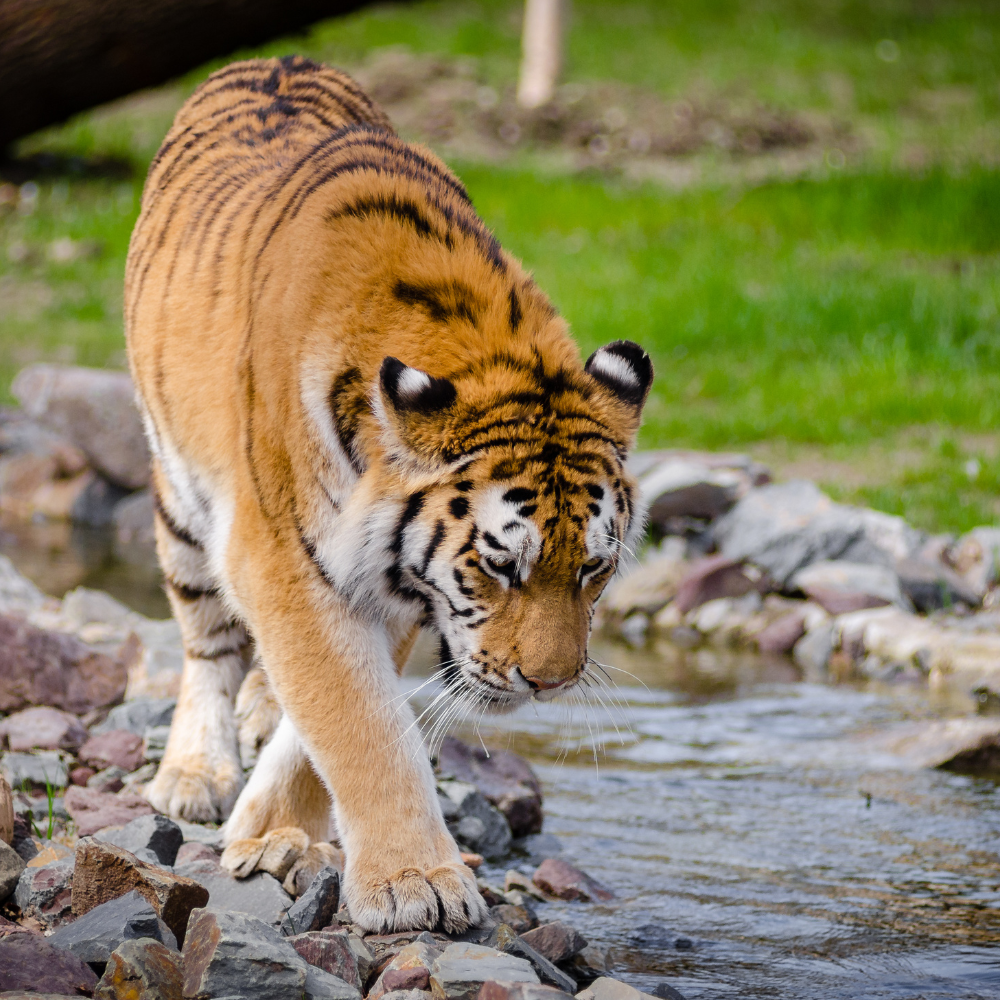
Bengal Tigers are the main attraction in Bandhavgarh National Park. In total fauna inhabitants, tigers possess a big portion of the wildlife
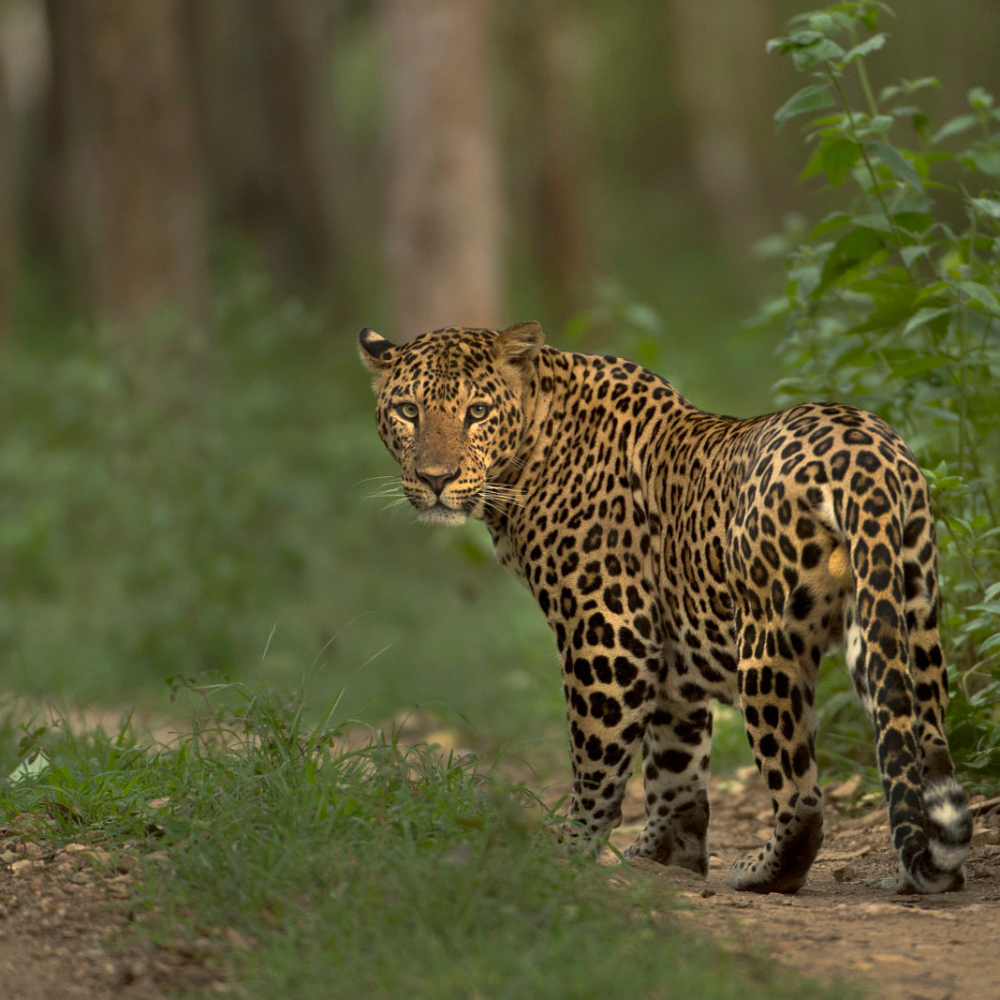
With white skin and black botches, Leopards are known for their flexibility. They can sneak and appear before their prey without being spotted.
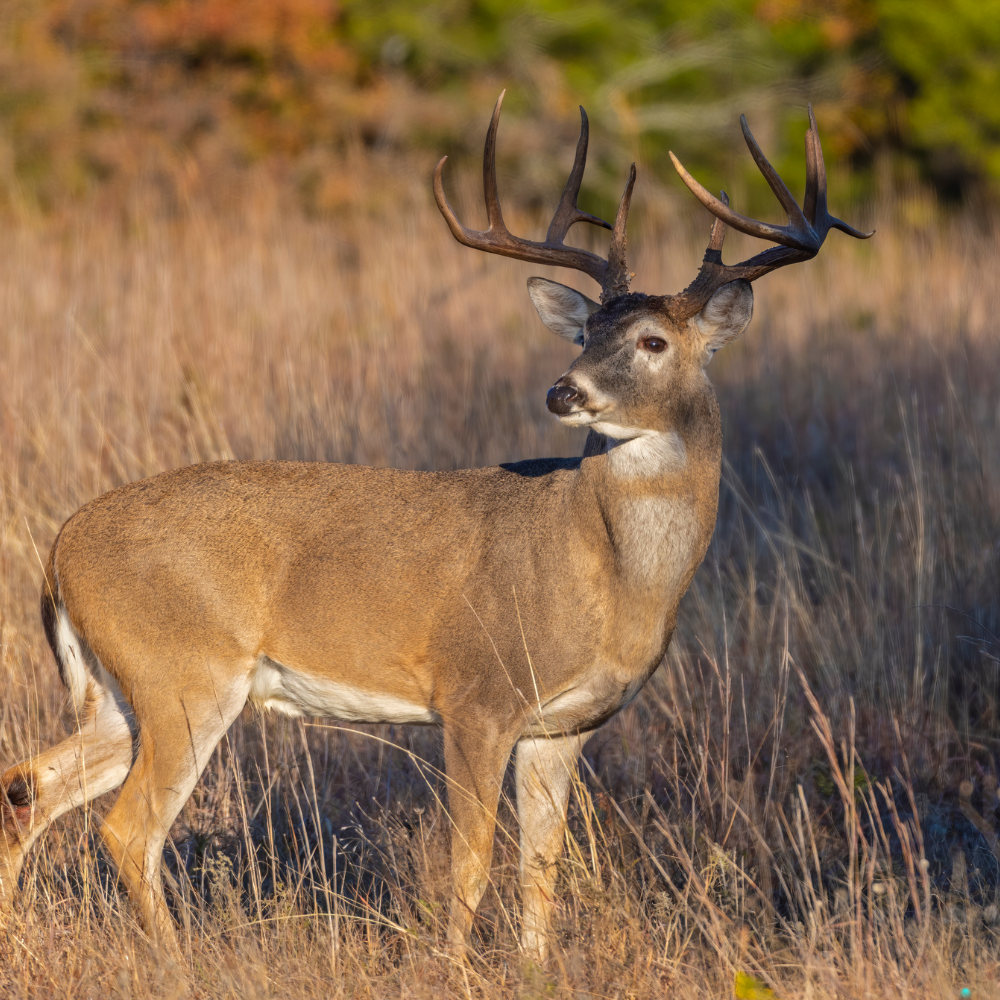
These yellowish-brown Deer with shaggy furs are found in core zones, where the woodlands are densest. They stay somewhere near water sources in herds.
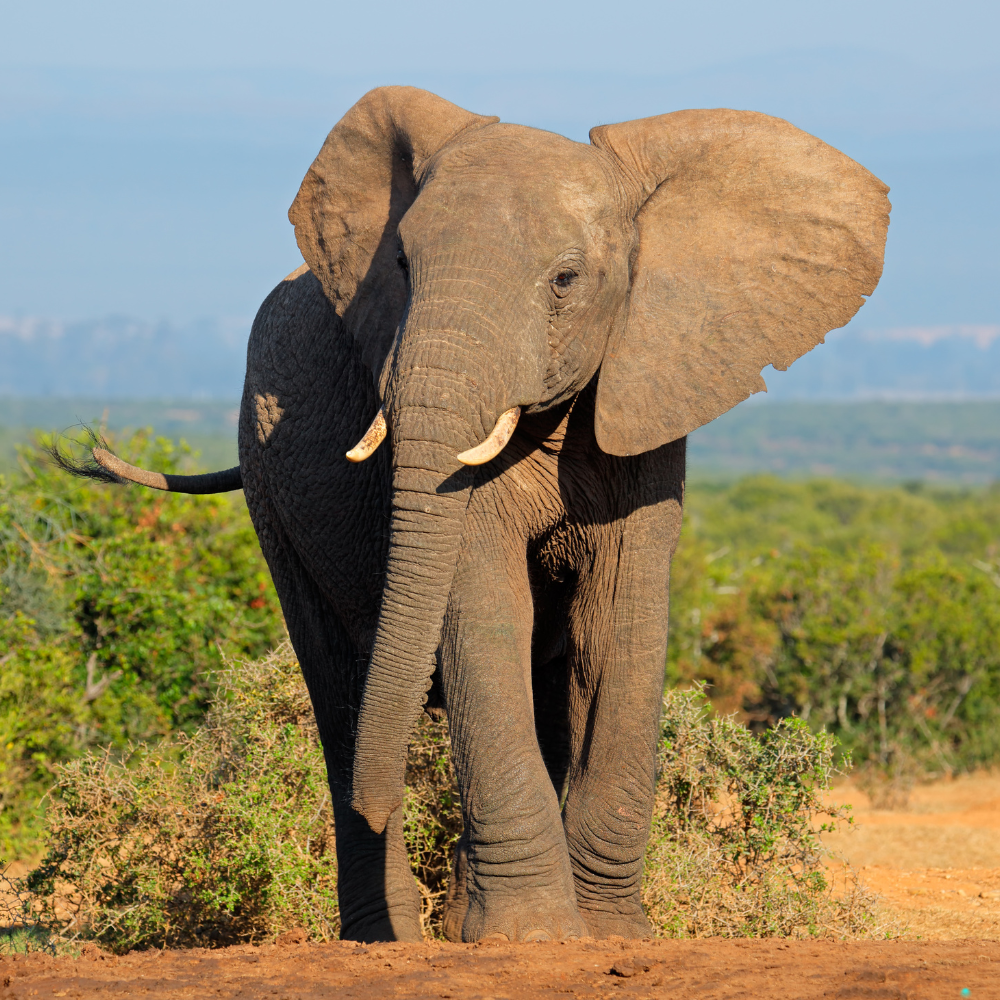
As we all know, Elephants are the largest mammals on the earth with big trunks and ears. They are usually found in sub-Saharan Africa and the southern part of Asia.
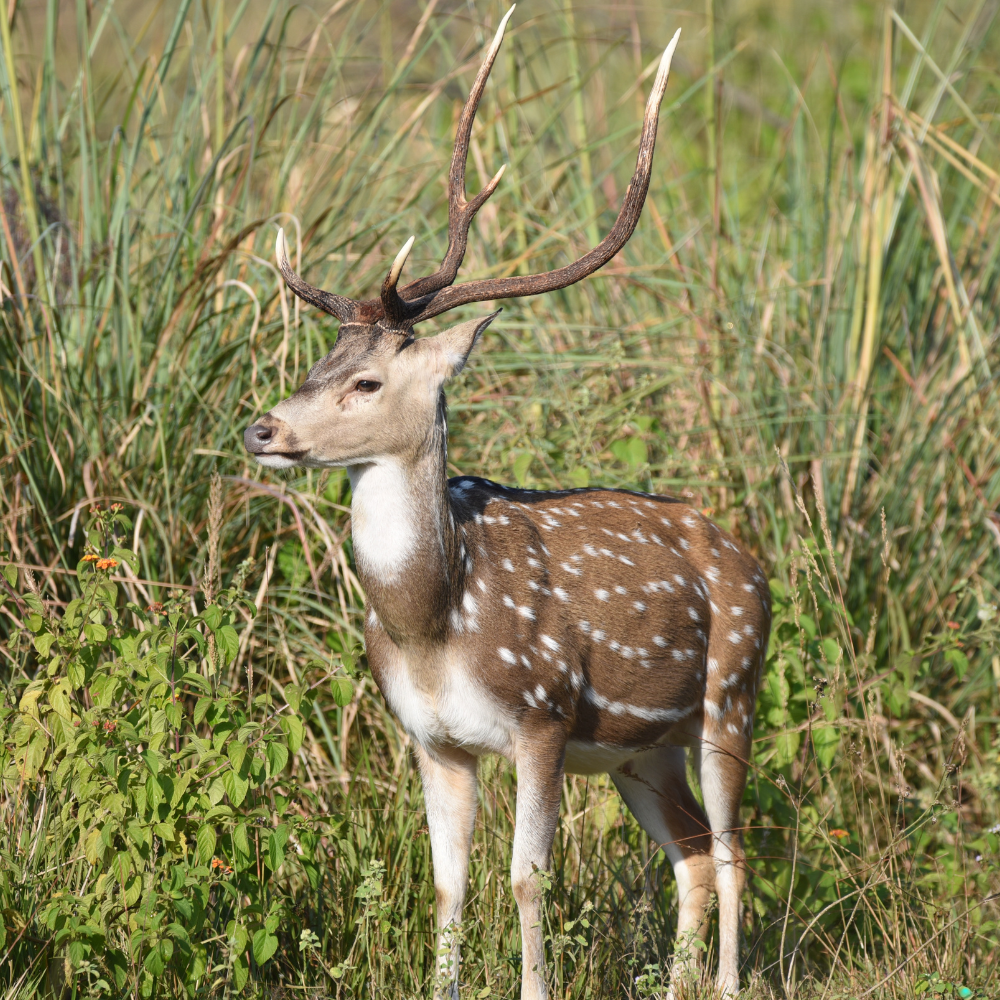
Chital, also known as Axis Deer and Spotted Deer, mainly found in the Indian subcontinent. It plays an important role in the cycle of the ecosystem.
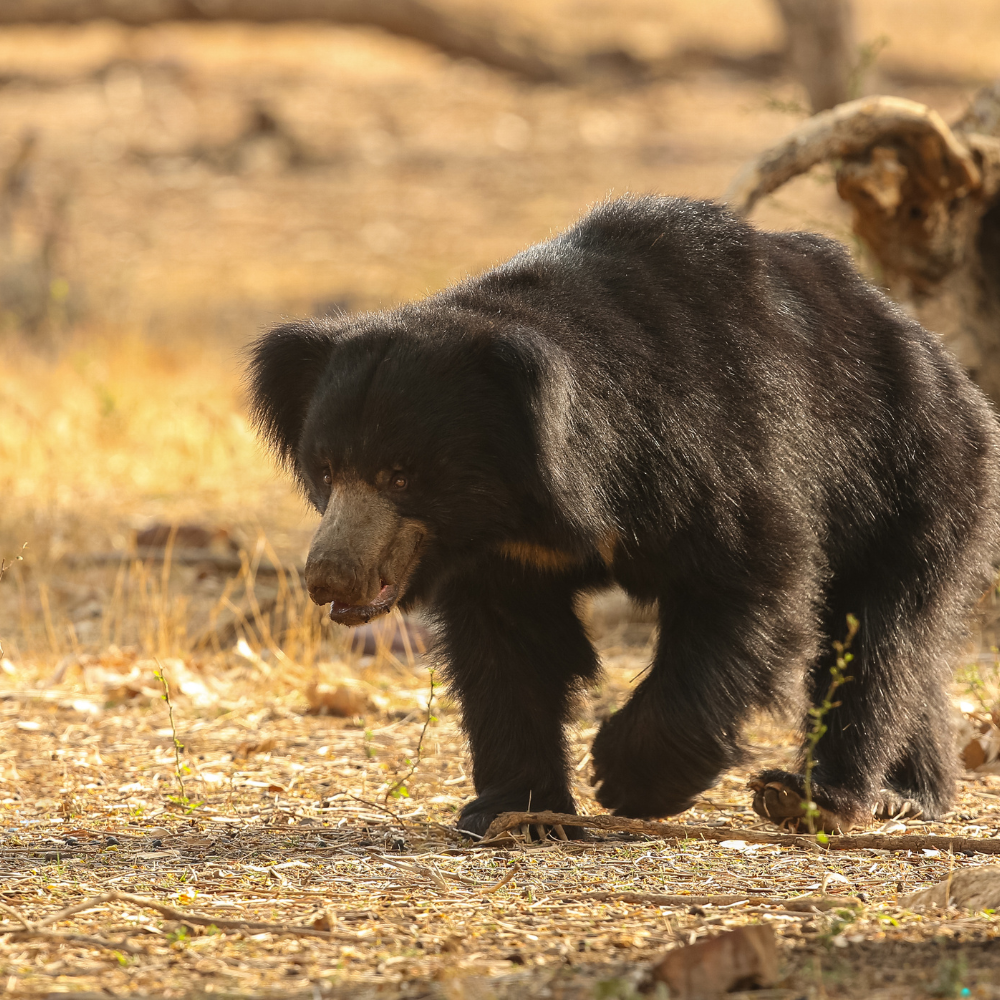
Sloth bear is one of the rarest animals on this earth. You will be able to find them in Bandhavgarh National Park.
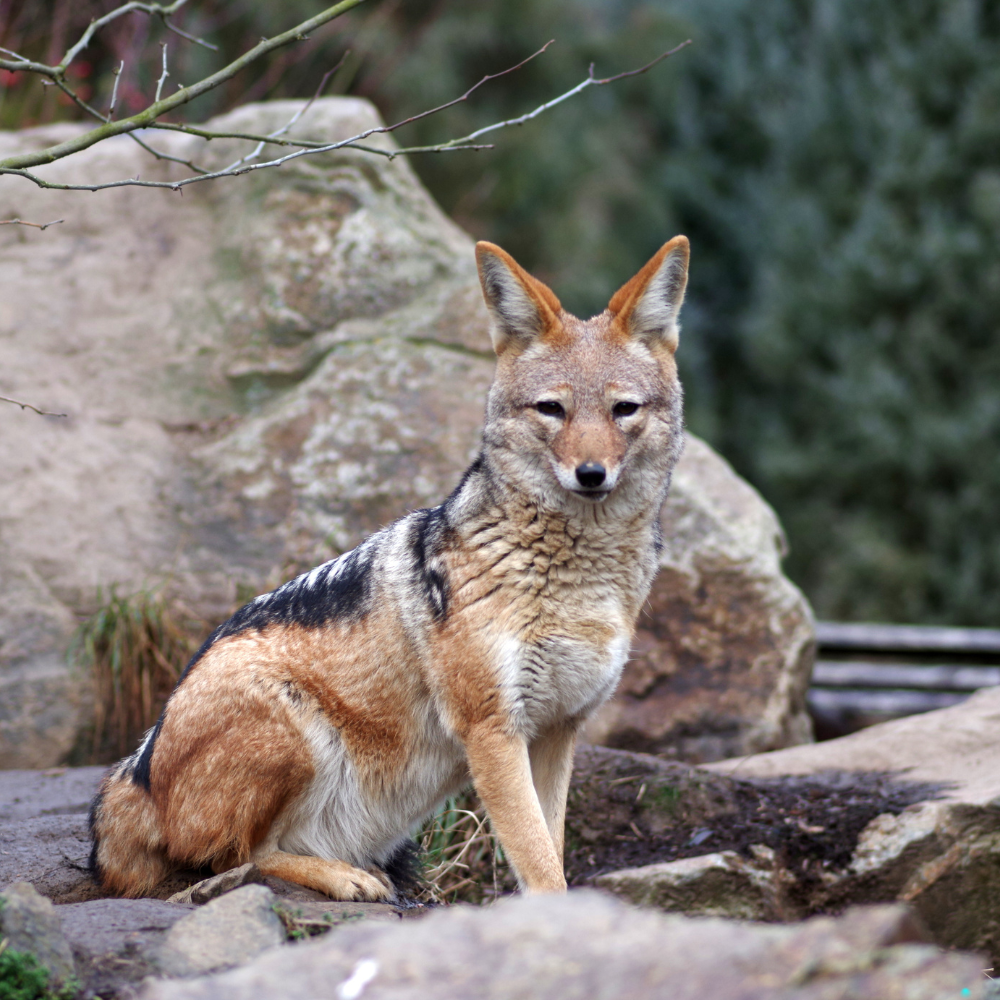
Indian Wild Dogs also known as Dhole are highly social and active animals. They are usually found in Asithe in the central Indian mountains.
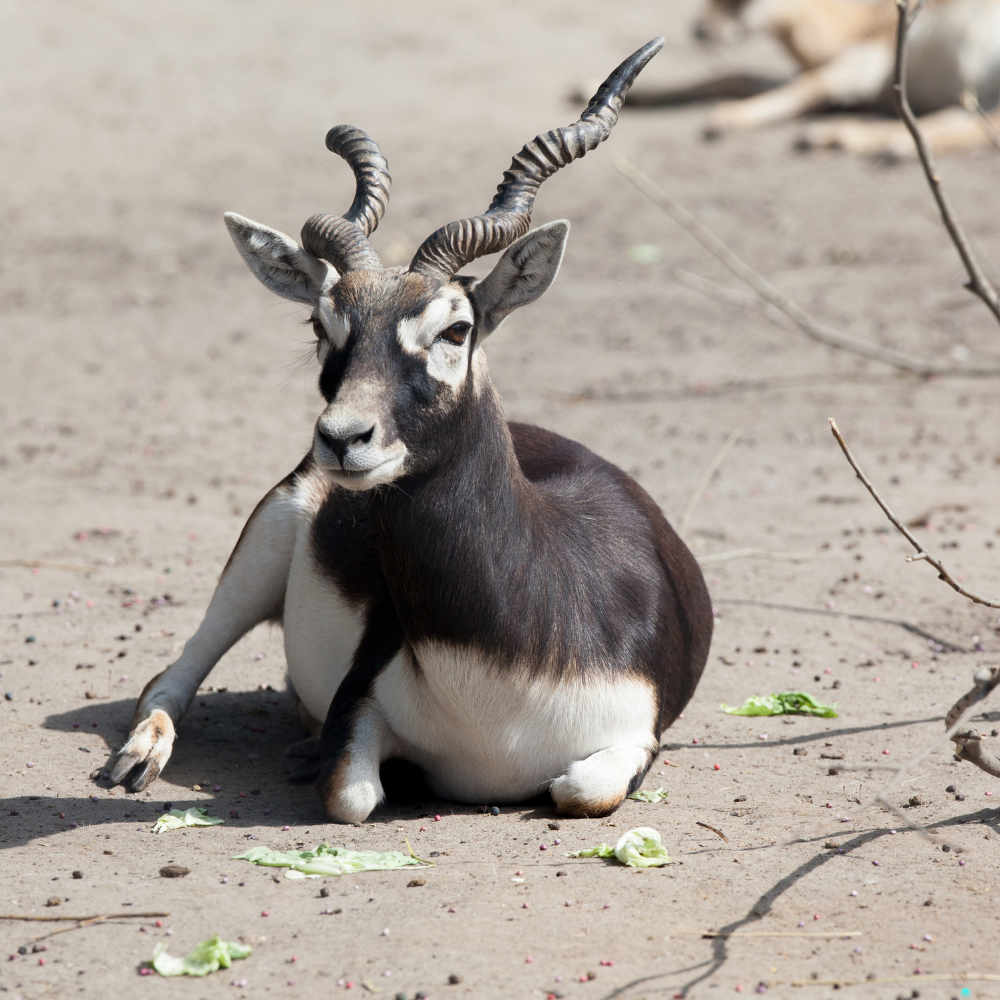
Blackbuck are usually found in Nepal and India. You will be able to see them in the grassy plains of Bandhavgarh National Park. Like other animals in the park.
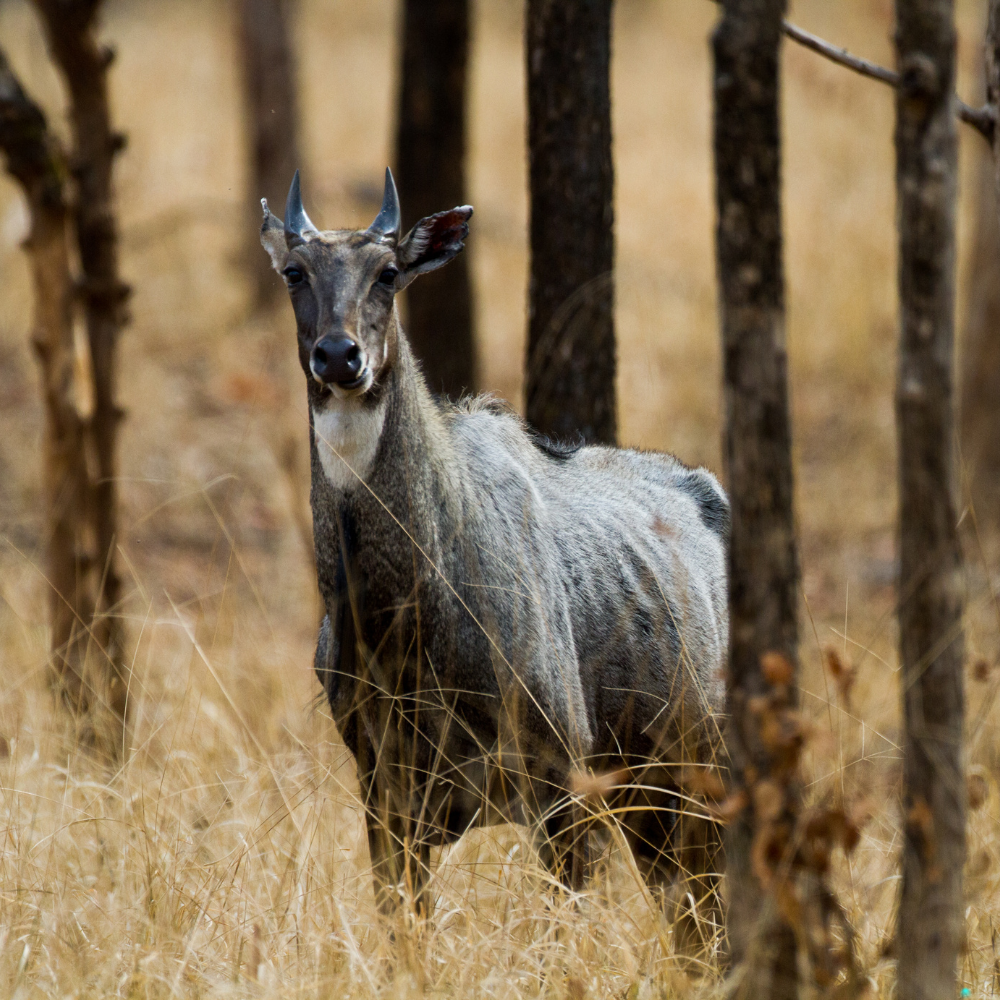
Nilgais are usually found in northern Indian subcontinents. If you are planning on visiting Bandhavgarh, you will be able to witness a number of nilgais in groups with their calves.



